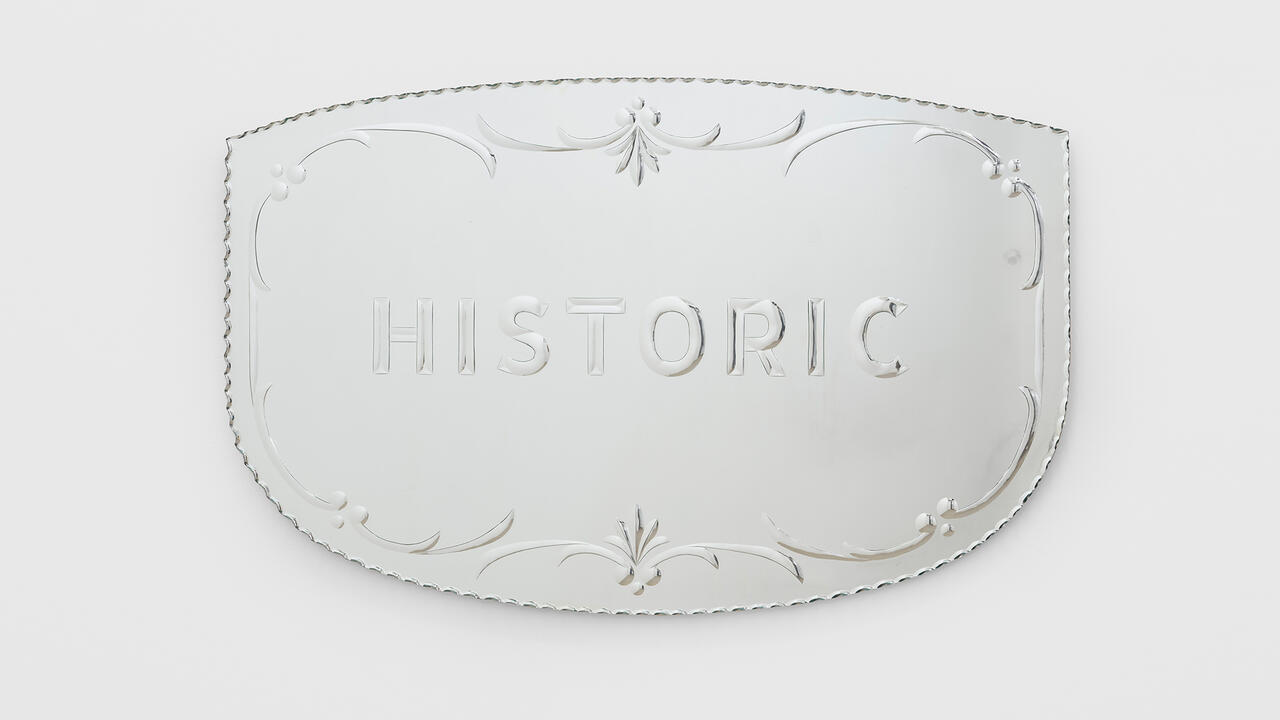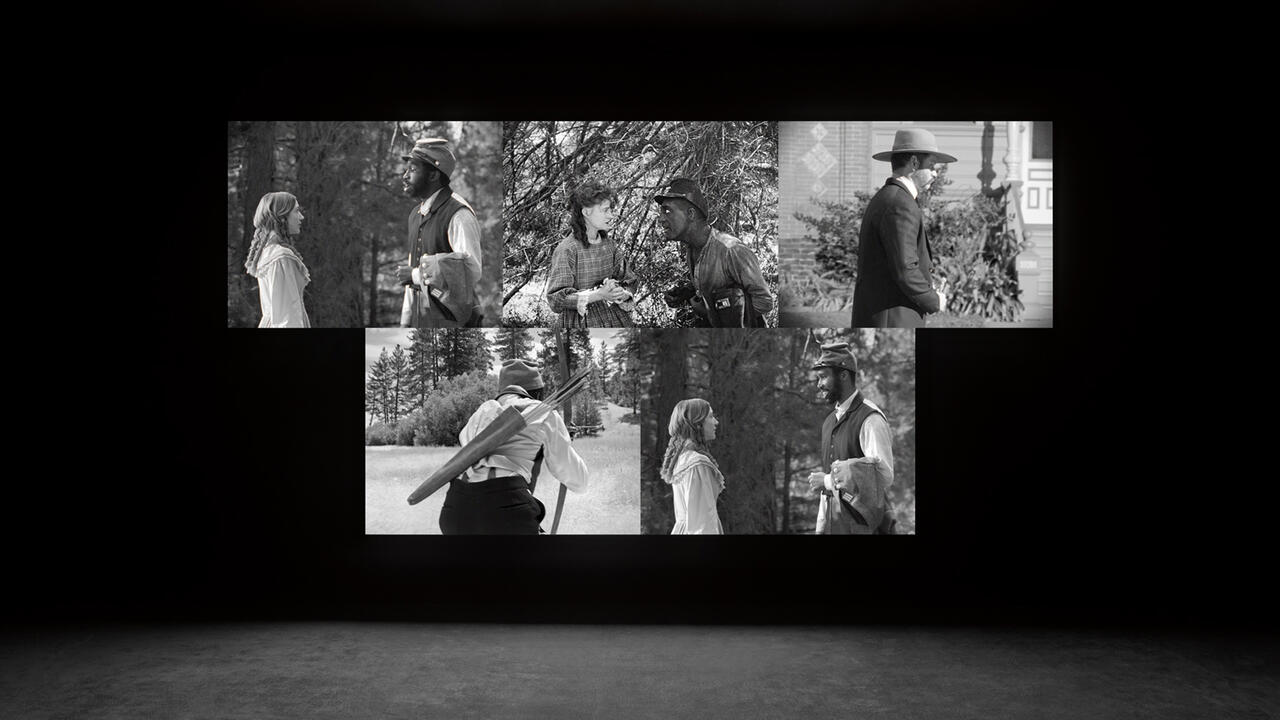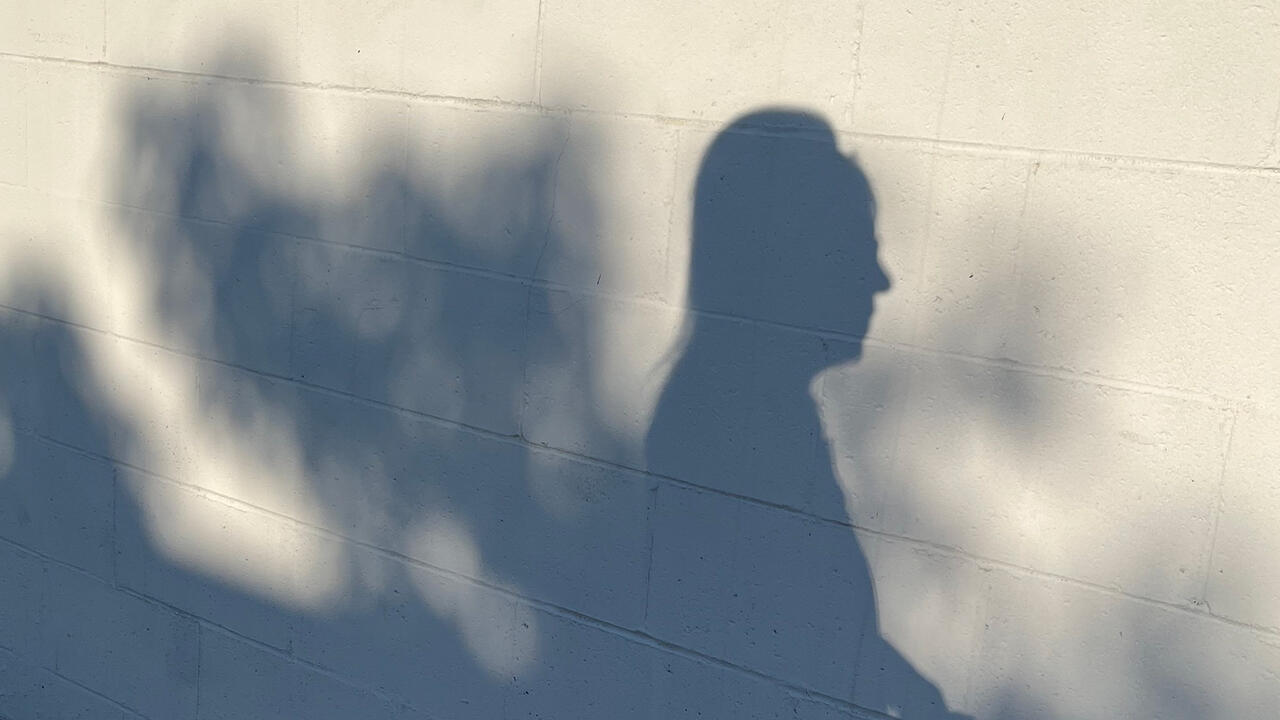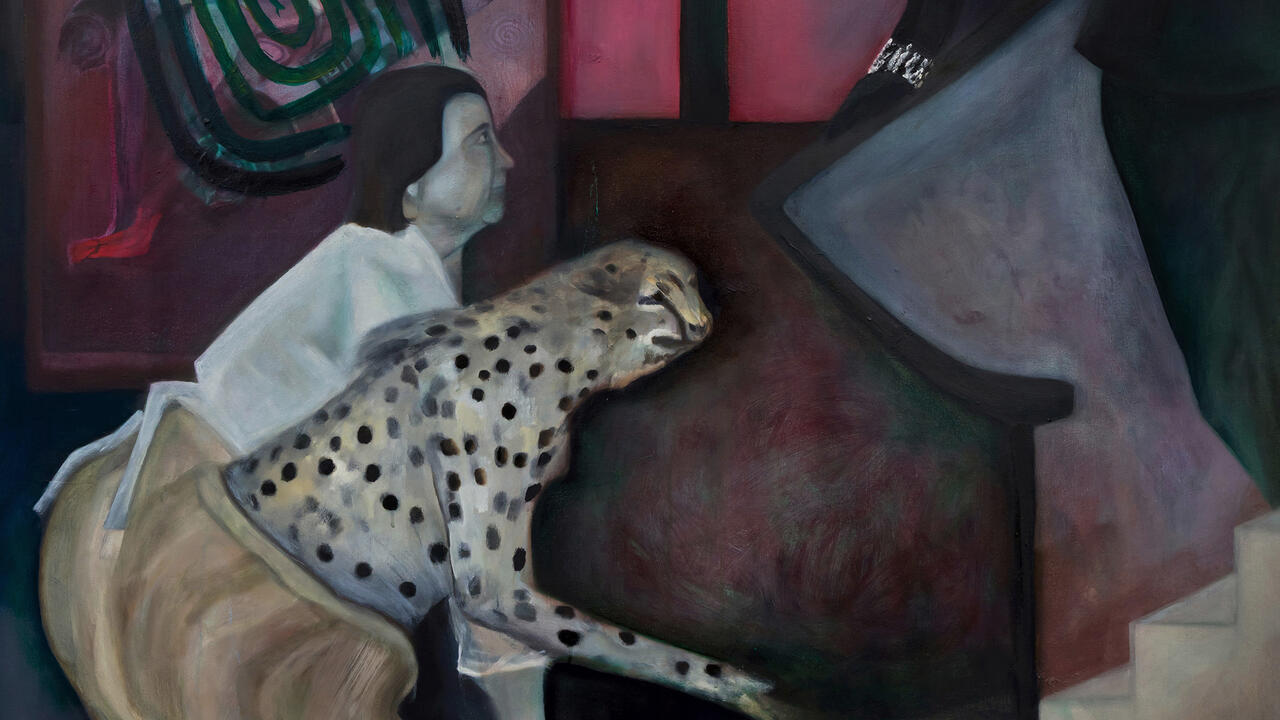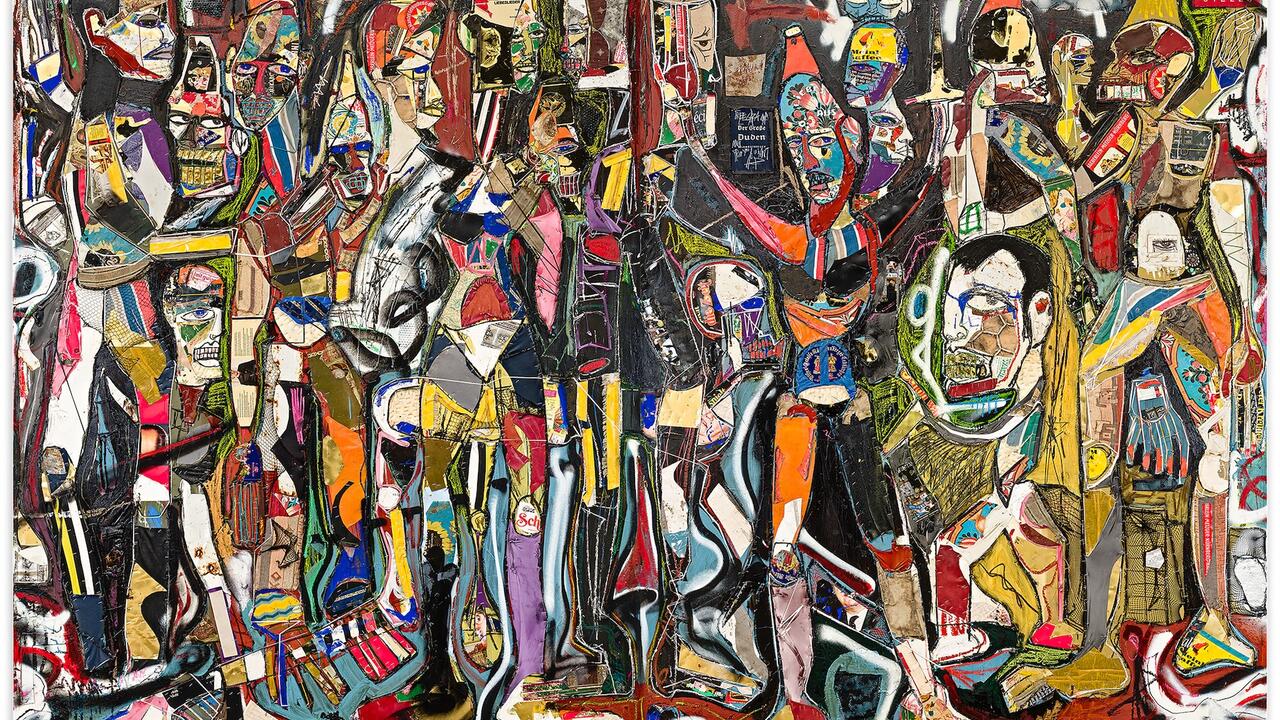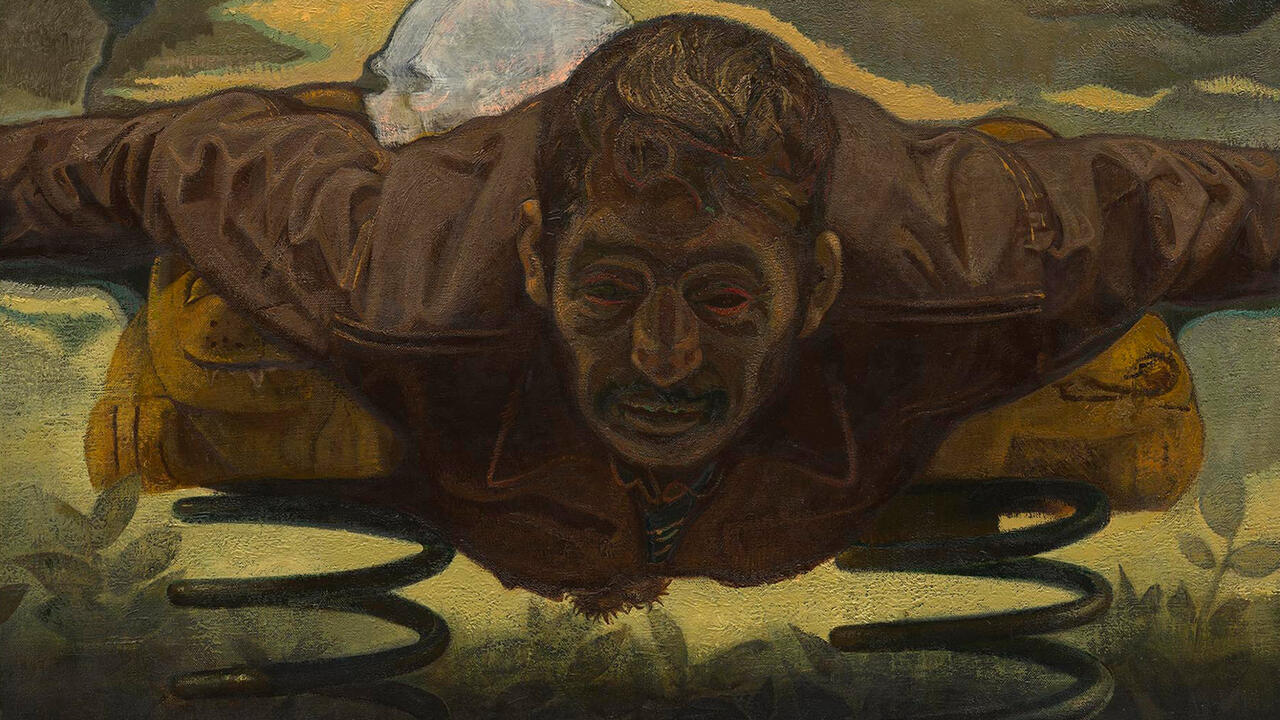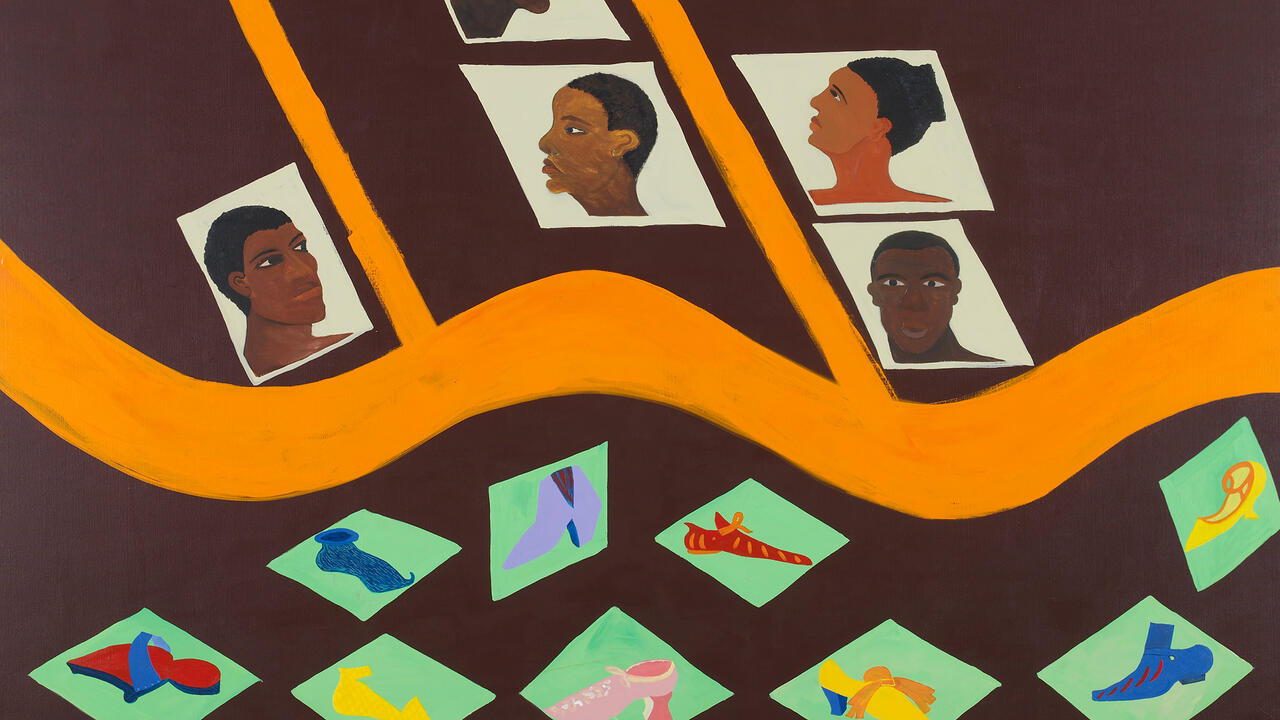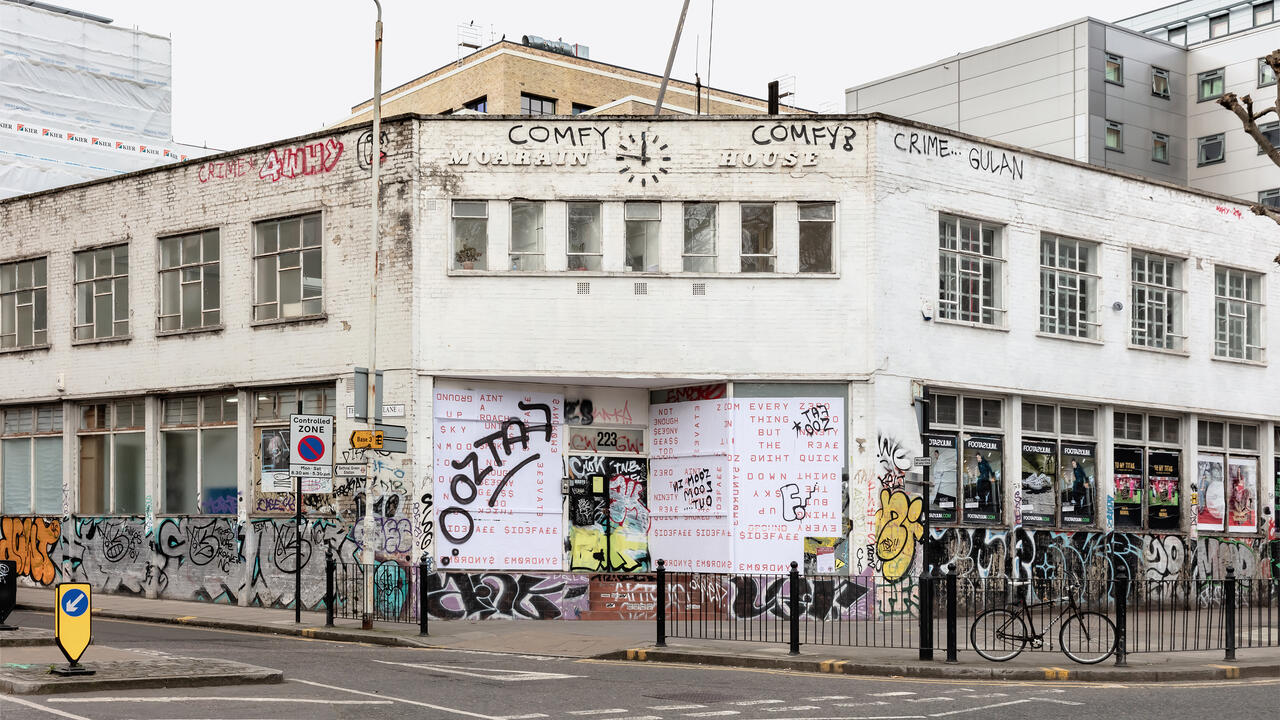Nick Goss
Josh Lilley, London, UK
Josh Lilley, London, UK

The psychology of place resounds throughout Nick Goss’s practice; faintly familiar, his interiors and cityscapes layer memory and history, the imagined and the real. The 14 large-scale paintings in ‘De Ramp’ (The Disaster), the artist’s fourth solo exhibition at Josh Lilley, imagine London in the wake of a flood. The show takes its title from the North Sea flood that devastated parts of the Netherlands and UK in 1953, including Zeeland, where Goss spent the summers of his youth. It draws on documentary photographs of De Ramp as well as J.G. Ballard’s The Drowned World, written in 1962 about a post-apocalyptic London, and the artist’s observations of the contemporary city.

Water is a fitting link between these liminal spaces. In Ballard’s text it joins past and present, as prehistoric plants and modern buildings are ‘reflected together in the dark mirror of the water, the two interlocking worlds apparently suspended at some junction in time’. Time seems to coalesce in King Rooster and Diamond Nails (all works 2017 unless otherwise stated). Painted as a pendant but shown separately here, the two works illustrate Old Kent Road in southeast London, its contours lost in the rising water. The neon glow of signs - a chicken shop and nail salon, respectively - is all that suggests the present-day setting. A lone horse appears in Diamond Nails; saddleless, it seems out of place beneath the garish glow. King Rooster is the only work in the show with an overt human presence. Taken from photographs of De Ramp, a man and three women hurry anxiously through flooded streets; their old-fashioned kerchiefs and pinstriped suit are at odds in an image saturated with colour, the water a vivid, Klein blue. The sense of awe and unease that permeates the exhibition is echoed throughout art history, where depictions of the deluge by artists including Anne-Louis Girodet, Katsushika Hokusai, Winifred Knights, John Martin and J.M.W. Turner confront the present state of the world anxiously and with a forewarning against hubris. The future intrudes into Goss’s works, too, more insistently since the recent hurricanes and floods in South Asia, the Caribbean and the Southeastern US, though the paintings were completed well before.
Nevermore also oscillates between the imagined and the real, as is intimated by the painting’s title, a nod to Edgar Allan Poe’s ‘The Raven’ (1845). Loss and unreality are here evoked by a poem that oscillates hopefully, furiously, between presence and absence – of life after death, of a transcendent message (‘Tell this soul with sorrow laden if, within the distant Aidenn / It shall clasp a sainted maiden whom the angels name Lenore’). A complex layering of space both draws us into the painting and keeps us at bay, as our gaze passes over a table littered with magazines, their diverse designs amplified by silkscreen patterning. The rippling patterns surrounding the raven are also printed, this time from images of floodwater in the De Ramp photographs, isolated and enlarged by a photocopier. We follow the raven’s gaze outside the window to London’s Barbican Estate, which stands ghost-like against an unprimed canvas, its weighty, brutalist architecture dissolving into the moonlight.

Goss’s layered technique, combining raw canvas, delicate washes, oil paint and silkscreen designs, is particularly striking in interior scenes such as Zeeland and New Saigon. Here saturated colour, mechanized patterning and freehand design are set amongst pale, open spaces, creating works that are intricate, light and constantly in flux. The exhibition closes with a scene both beautiful and forlorn, cast in the light of a now-diminished horizon. Lagoon (2015–17) depicts a row of trees, their pale, hollow trunks suggesting a city long beneath the water. Their feathering bark reveals not rot but colour, as strokes of pink, ochre and blue spiral over their trunks and branches. Standing silently, their displays caught only by the water’s reflection, they make fitting tombstones for a city that is no more.
Main image: Nick Goss, Zeeland, 2017, (detail), oil pigment, pigment stick and screenprint on linen, 1.9 × 2.1 m. Courtesy: Josh Lilley, London, UK










